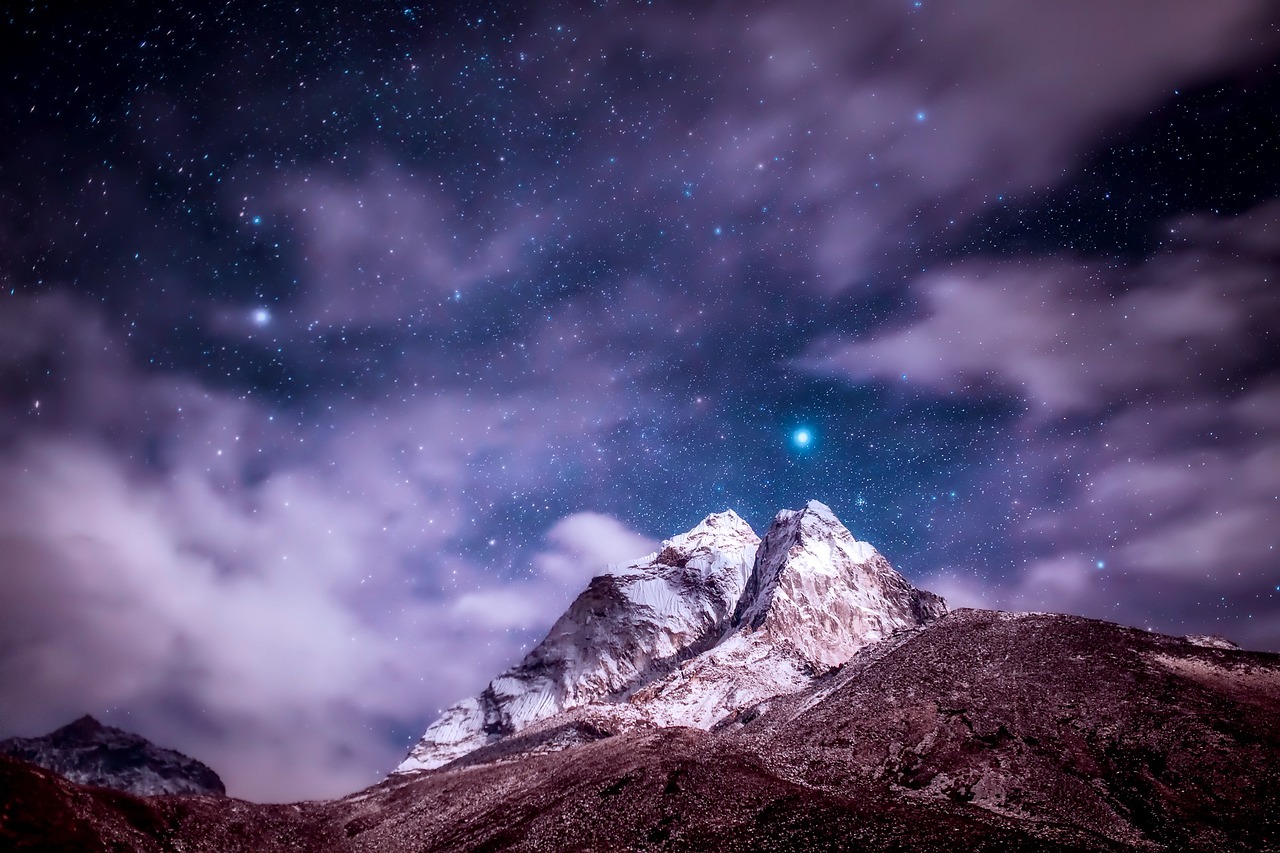The Himalayas is one of the most unique and fascinating places in the entire world. Rising up to produce many of the highest points of the planet, the region is awash with spectacular scenery scattered across the heart of Asia. The region is full of iconic regions such as monstrous mountains such as Everest and K2 to the raging rivers of the Ganges and the Brahmaputra. As there is a diverse range of activities, cultures and beliefs found throughout the region, there can be a host of things to do in the range, but what are the best experiences to be found within the Himalayas?
Trekking
As much of the Himalayas is a remote and sparsely populated area, trekking is perhaps one of the best ways to explore the entire region. It’s a relatively cheap and easy way to explore the region as there aren’t many flights or major roads for someone to use to travel from city to city.

Along many of the trekking routes, travellers can see many of the hidden gems of the Himalayas whether it’s unspoilt scenery, quaint little villages or amazing architecture hidden from the public eye. It’s difficult to pinpoint what someone may see on an expedition as it truly depends on where someone travels. Places like Bhutan and Nepal will showcase the quieter side of life with Buddhist monasteries being scattered amongst dramatic mountains whilst trekking in India will unveil powerful rivers winding through canyons and desert.
Mountain Climbing
Many of us will know the Himalayas for being home to many of the world’s highest mountains with the top 15 peaks being found in the region. Alongside well-known names such as Everest and K2 being regularly attempted by climbers, there are some hidden gems which possess some of the world’s toughest challenges including Lhotse, Makalu and the twin peaks of Annapurna.

Many of the mountains stretch to over 8000m high and with high altitudes combined with sheer drops and steep faces; it means that each individual mountain poses a serious and technical challenge for any climber. However, if someone does plan to go climbing in the mountains, they will need to be suitably prepared. Climbers will need a full set of equipment such as crampons, an ice axe and a rope with a harness. Therefore, it’s always best to go in groups to maintain a safe trip when climbing one of the mammoth mountains in the Himalayas.
Rafting and Extreme Sports
With the Himalayas hosting many of the most extreme conditions on Earth, it’s only natural for the region to be a great place to try extreme sports and activities. White water rafting is one of the most popular options with their being many rapids scattered throughout the region.

The Brahmaputra River in India is known to have some of the wildest rapids in the world and many people come to its banks every year to ride its manic waters. To match the rush from rafting, many people are turning to events such as base-jumping and free-skiing to try and push the boundaries of human limits. Whilst there aren’t any conventional resorts for skiing or boarding, there are some lower ranges which are good for off-piste excursions and can allow someone to get a kick whilst visiting the region.
Pilgrimages
As it stretches across a multitude of different countries, lots of faiths and religions see the Himalayas as their spiritual home. Buddhism is perhaps the strongest represented faith in the area with many monasteries located throughout the region in places such as Nepal, Bhutan and Tibet. Buddhist followers often travel to cities such as Lhasa and Kathmandu to visit well known temples and practice their beliefs on some of their most sacred ground. The Indian Himalaya region also has a strong religious following as many of the religious landmarks are located within the area. The Ganges and Brahmaputra rivers are divinely sacred to Hinduism and thousands of people will come to the region to bathe in the waters meanwhile the Indus is seen as a holy symbol for Sikhs to follow.
Article supplied by ‘www.shaktihimalaya.com’



